A NEW COMMON LANGUAGE BETWEEN HUMANS AND MACHINES

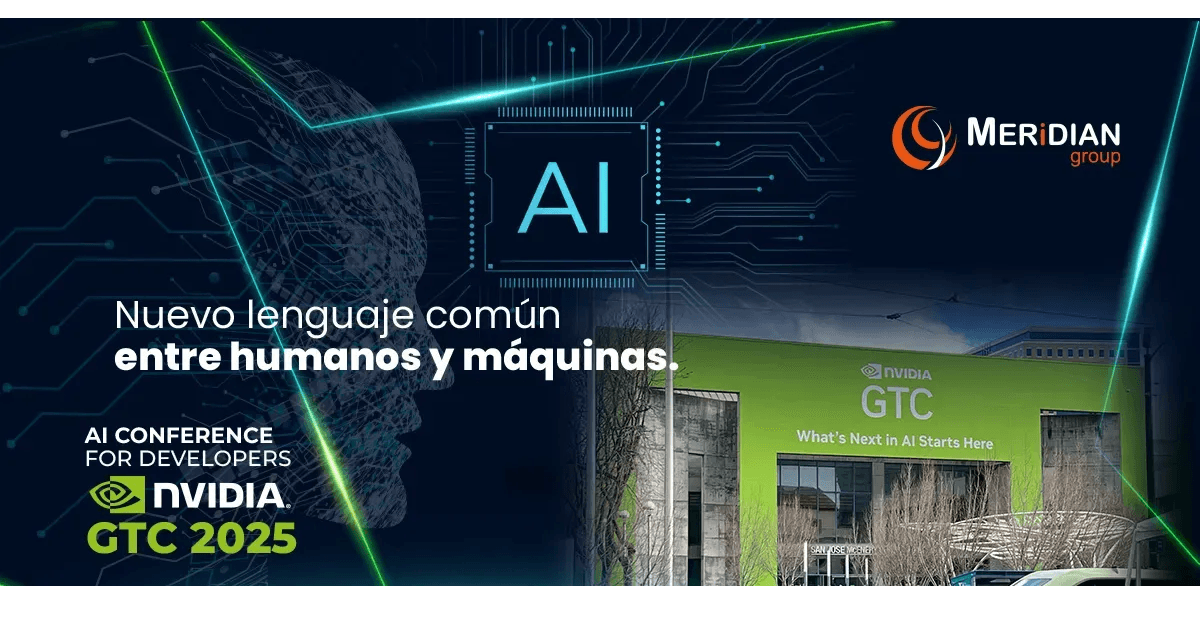
AI Has Already Changed—And It Did So Quietly
In March 2025, we attended NVIDIA GTC, the event that annually draws the tech world’s attention to the latest breakthroughs in chips, model training, and benchmarks. However, something much deeper was happening behind the scenes: artificial intelligence has entered a new era.
It’s no longer just about scaling models or hitting new performance records. The focus has shifted to how we build, connect, and integrate these models into real, sustainable, and governable systems. Raw power is no longer the main player. Architecture now matters most.
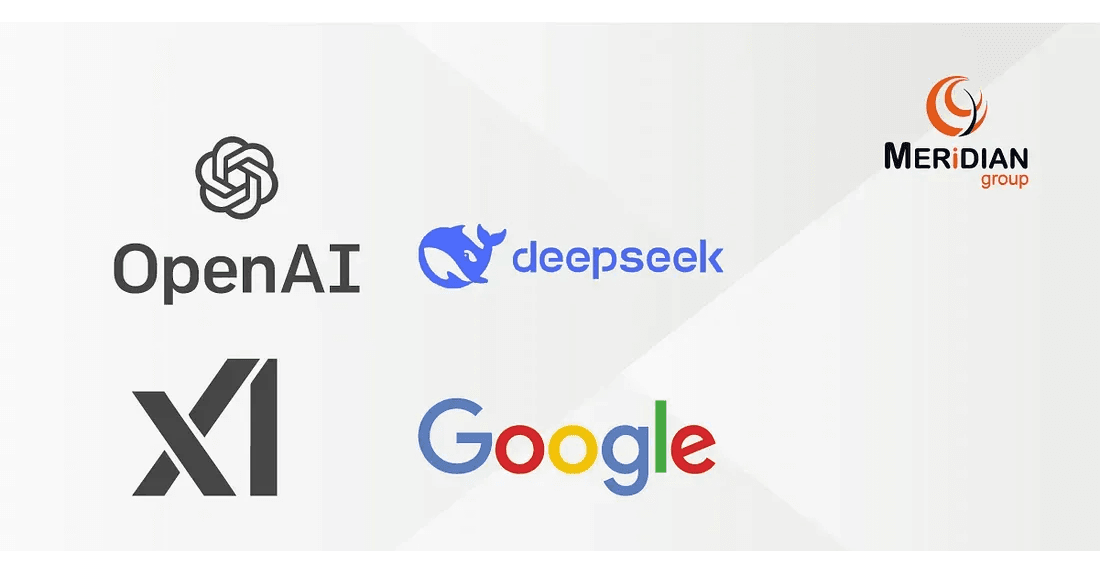
The Shift Has Already Begun, Even If Not Everyone Noticed
While many were still analyzing the GTC 2025 keynotes, the market was already moving decisively. And it was heading in a clear direction:
- OpenAI launched Operator, its first agent capable not only of responding, but of acting on web interfaces.
- xAI unveiled Grok-3, surpassing GPT-4 benchmarks and focusing on a more integrated design for autonomous systems.
- DeepSeek showed that a GPT-4-level model can be trained on a fraction of the budget, if the design is optimized.
- Google introduced A2A (Agent-to-Agent), an architecture that enables multiple agents to collaborate using shared memory.
- In Latin America, Colombia declared artificial intelligence as strategic infrastructure via public policy CONPES 4144.
These are not isolated signals. They are part of a structural shift. The focus is no longer on the most powerful model, but on the most useful, secure, adaptable, and governable system.
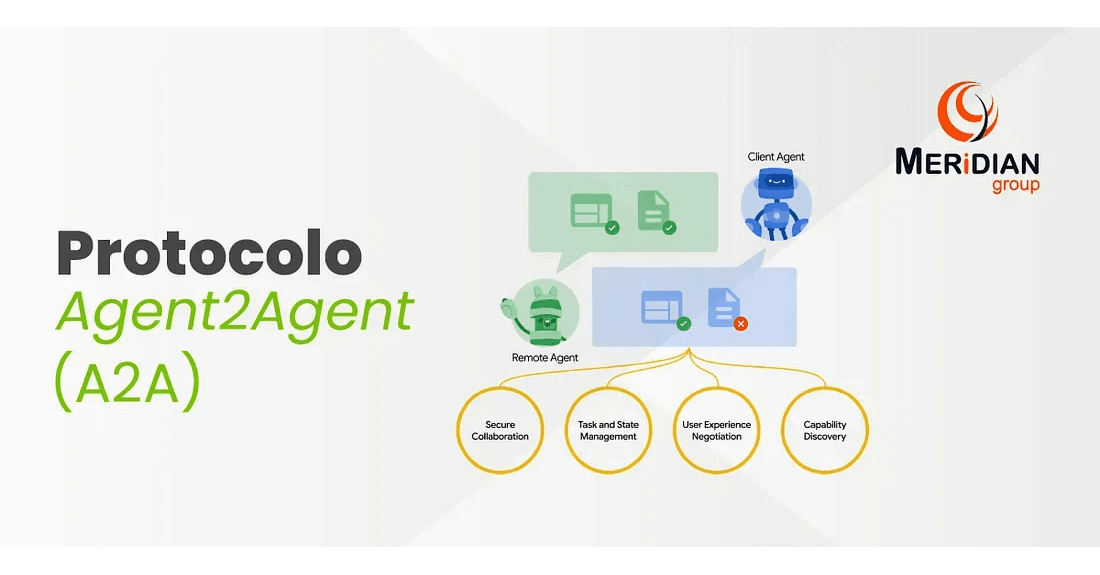
Now It’s About How, Not What
What used to be a technical challenge is now an architectural one. For those leading product, technology, or strategy, this is the new map to consider:
1. Agent Collaboration Is Now Architecture, Not Theory
Google A2A marks a turning point by enabling multiple AIs to communicate and collaborate via shared contextual memory. This is truly modular and orchestrated AI.
2. Inference as a Service Is the New Normal
Platforms like Together AI are showing that the value no longer lies in training models from scratch, but in deploying them efficiently, with context, control, and security.
3. The Bottleneck Is Ingestion, Not the Model
Frameworks like Unstructured.io or the LangChain Expression Language (LCEL) are redesigning AI ETL pipelines. Having data is not enough—they must be structured, navigable, and versioned to feed conversational agents and intelligent systems.
4. Memory Is Now a Critical Part of Architecture
Models like Claude 3 and Gemini 1.5 show that how knowledge is remembered, contextualized, and reused is key for scalability and adaptability.
5. Production AI Requires Critical Operations
Concepts like observability, traceability, version control, and output validation are no longer optional. They define whether a solution is robust or fragile.
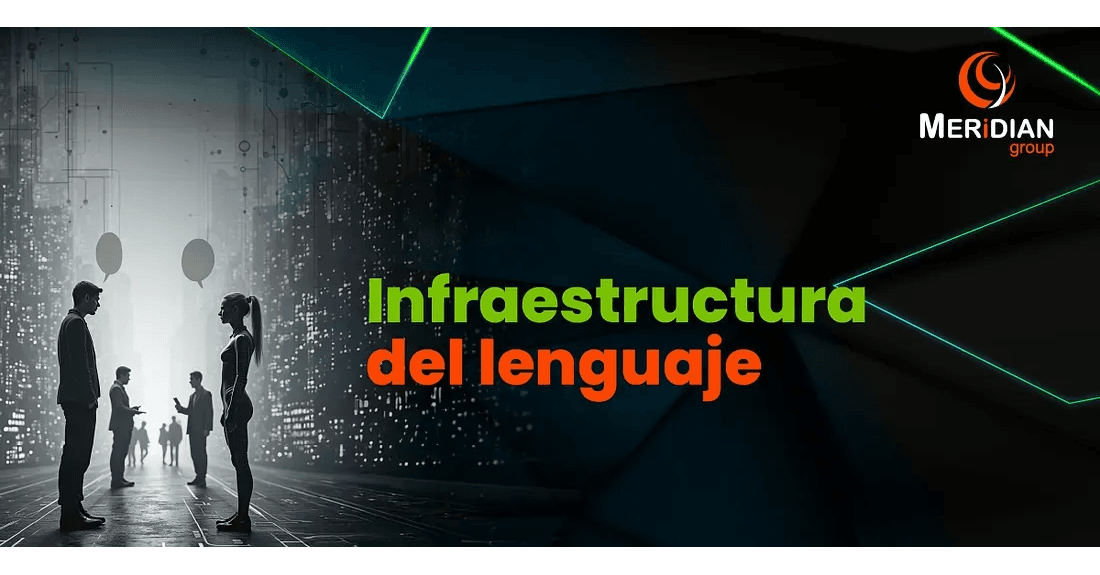
AI Is Becoming Language Infrastructure
The most revolutionary shift is not in the models themselves, but in how they are establishing a new common language between humans and machines. Context protocols, conversational structures, distributed memories, and agent collaboration are giving rise to emergent behaviors in multi-agent environments.
This new architecture is not just technical. It's a new way of thinking, building, operating, and interacting with intelligent systems.
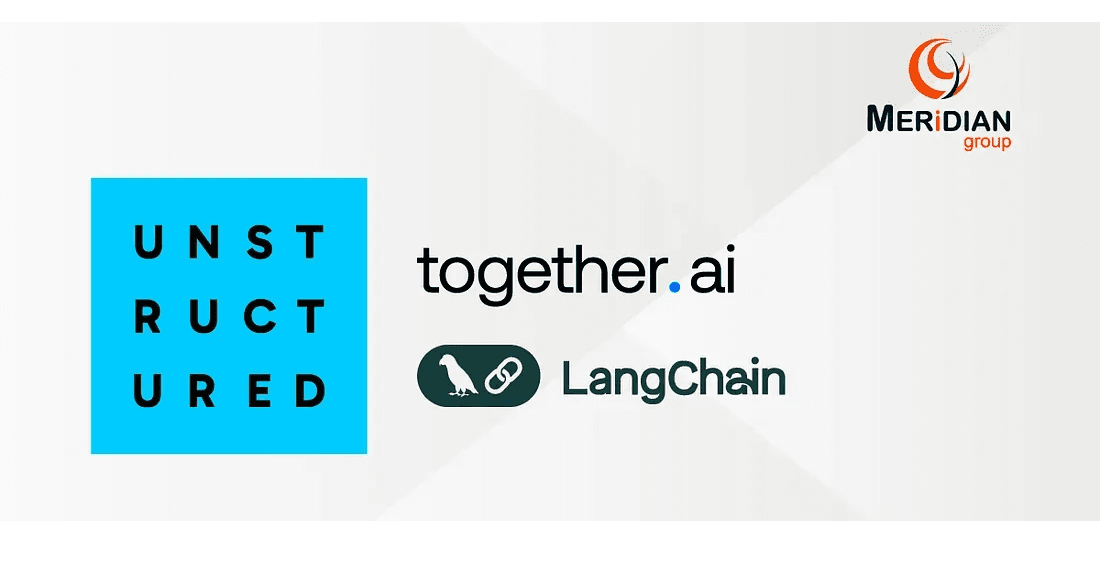
Recommended Resources (Not Trends, but Foundations)
If you’re designing products or leading teams working with AI, these resources are essential:
- Unstructured.io: To transform unstructured data into formats usable by language models.
- LangChain Expression Language (LCEL): Declarative language to compose intelligent flows in a modular way.
- Together AI: Optimized inference platform to serve open-source models efficiently and securely.
- Long Context RAG Benchmark: Key study to understand the limits of retrieval-augmented generation in long contexts.
The Real Shift Is Already Underway
The market will continue to be saturated with headlines about new releases. But the real signals are already among us: they are changing how we design our products, how our teams are structured, and how our systems evolve.
If you’re working in AI, now is the time to focus on system design—not just computational power.
